“Gods, Men, Heroes” opens exhibition at The State Hermitage Museum, St. Petersburg
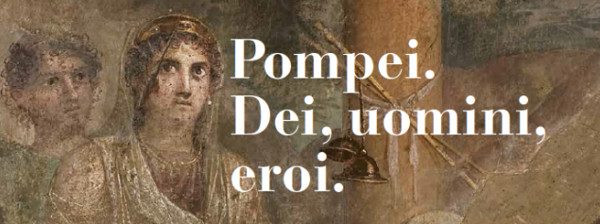
On 19 April 2019 the exhibition “Gods, Men, Heroes. From the Naples National Archaeological Museum and the Archaeological Park of Pompeii” opens at The State Hermitage Museum, St. Petersburg. The … keep it going
Pompeii after the Eruption

After the catastrophe of AD 79, when Vesuvius buried two entire cities and all of the land between its western and southern slopes and the sea, including the fertile Sarno … keep it going
Expanded Interiors – Artist Tours
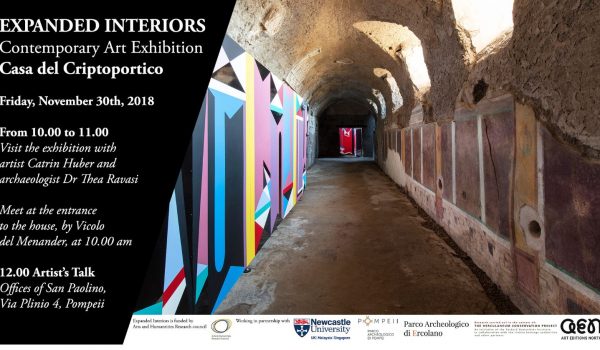
Expanded Interiors – Artist ToursContemporary Art Exhibition Friday, November 30th Artist Tours from 10.00 to 11.00 Visit the exhibition with the artist Catrin Huber e the archaeologist Dr Thea Ravasi. Meet at … keep it going
“Palermo, Capital of the Kingdom: the Bourbons and Archaeology in Palermo, Naples and Pompeii”
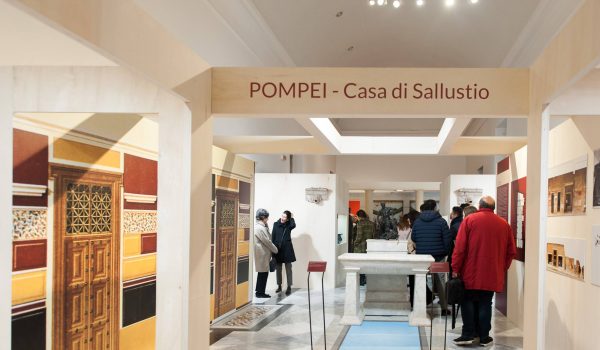
Palermo, Regional Archaeological Museum “Antonino Salinas”. 2 December 2018 – 31 March 2019. The exhibition gives an account of the year in which the city of Palermo was the capital … keep it going
Expanded Interiors: Artist Tours Contemporary Art Exhibition
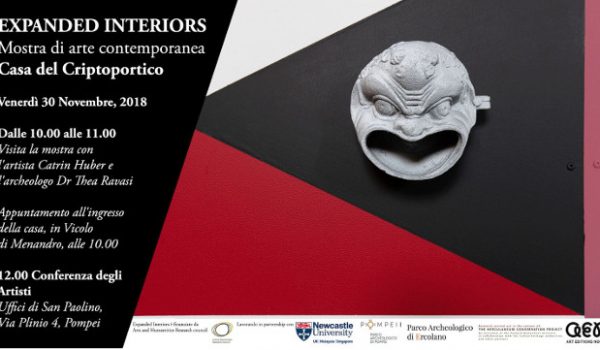
Visit the exhibition with the artist Catrin Huber e the archaeologist Dr Thea Ravasi. Meet at the entrance of the house, from Vicolo del Menander, at 10.00am Artists’ TalkCatrin Huber12.00 – … keep it going
“Leda and the Swan”: the fresco re-emerges in a room along Via del Vesuvio, during re-profiling interventions on the Regio V excavation fronts
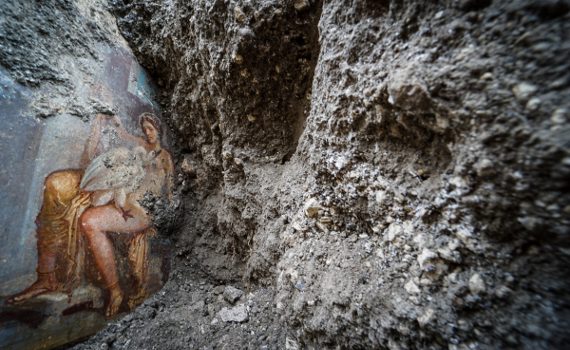
Yet another female image resurfaces in the new Regio V excavations, and joins the other sophisticated female faces featured in the medallions of certain rooms along Via del Vesuvio, and in the … keep it going
Press Kit
Download Press Kit: The discoveries of Civita Giuliana Press Kit: Antiquarium of Pompeii (25th January 2021) Press Kit: Pompeii Commitment (28th August 2020) Press Kit: Visit Minister Franceschini February 18, … keep it going
Visitor data
Statistical data of visitors to the Vesuvian archaeological sites A visitor flow analysis pertaining to daily visitors in our archaeological areas according to the site visited and year of visit, … keep it going
Unesco Office
In 1997 the UNESCO World Heritage Committee (CONF 208 VIII C), on the basis of criteria (iii)(iv)(v), added serial site no. 829 “Archaeological areas of Pompeii, Herculaneum and Torre Annunziata” … keep it going
The Necropolis of Pompeii
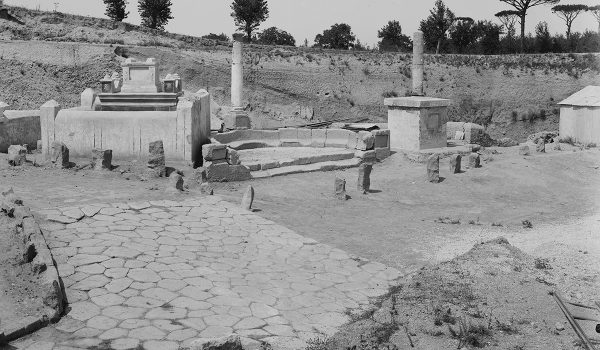
During the earliest stages of Pompeii, the main burial site was outside the Herculaneum Gate. The tombs were mainly attributed to burials dating back to the Samnite period (5th-4th century … keep it going

